英语动词问题
动词的种类:
1.行为动词:本身含有实在的意义,表示动作或状态,在句中能独立作谓语.
行为动词分为:及物动词(vt)和不及物动词(vi)
(1)vt:后面必须带宾语.
---例词:have,read,use,pass,watch
(2)vi:不带宾语.
---例词:come,go,listen (后面都不是直接跟名词的)
2.联系动词:本身有一定的词义,但词义不完整,不能单独作谓语,必须与表语一起构成谓语.
(1)be:是 It is cloudy today.
(2)become:成为,变得 This boy became interested in science.
(3)feel:感到 She feels worried now.
(4)get:变得 The weather gets warmer.
(5)grow:成长,处于......状态 The world's population is growing faster and faster.
(6)keep:保持 You must keep healthy.
(7)look:看起来 It looks like a cat.
(8)seem:似乎,好像 She seems much better now.
(9)smell:闻起来 It smells terrible.
(10)turn:变得 The trees turn green in spring.
注意点:(1).联系动词不能独立作谓语,其后必须跟形容词或名词作表语.
-------(2).除be外,含有其他联系动词的句子变一般疑问句时一定要用do,does,did.
3.助动词(aux.v ):本身没有词义,不能单独作谓语,只能和主要动词一起构成谓语表示时态,语态,否定,疑问等.
用法:
be(am,is,are,was,were):
(1)跟动词的现在分词(也就是动词ing形式)构成进行时态.
(2)跟动词的过去分词构成被动语态.
do(does,did):
(1)构成一般现在时和一般过去时的疑问句和否定句.
(2)构成否定的祈使句.
have(has,had):跟动词的过去分词构成完成时态.
shall,will:跟动词原型构成一般将来时.
should,would:跟动词原型构成过去将来时.
4.情态动词:本身有一定词义,但不能单独作谓语,只能和主要动词一起构成谓语,表示说话人的语气和情态,没有人称和数的变化.
用法:
can(could):
(1)表示"能力",解释为"能""会",否定式为can not(can't)
例如:
She can speak a little English.
I can't swim very well.
Can you come and play football?Sorry,I can't.
(2)用在疑问句中,could比can的语气较为委婉,客气.
例如:
Excuse me,could you tell me the way to the North Street Hospital?
(3)在口语中,can可代表may表示允许.
例如:You can keep the book for two weeks.
(4)can只有过去式could,其他时态用"be able to"表示
例如:I couldn't swim until I was ten.
may:
(1)表示"请求许可",解释为"可以","可能",否定式为may not或mustn't,表示"不许可","不该"
例如:
May I come in? Certainly/I am afraid not.
May I open the window?
No,you mustn't.(No,you may not open the window.)
(2)表示可能
例如:He may know the answer.
must:
(1)表示"必要",解释为"必须""应该",若表示"不必","不需要"时须用needn't
例如:
You must buy a ticket.
Must he clean the room now?
Yes,he must.(No,he needn't)
(2)表示"推测",解释为"一定","准是"
例如:
His telephone number must be in your pencil-box.
(3)用于否定时表示"不许可","不该"
例如:
You mustn't take it away.
(4)通常表示现在时,表示说话人的主观的看法
例如:
I must go now.
You must leave as soon as possible.
(5)其他时态可用"have to"相应形式来表示."have to"表示客观需要作的事情,意思是"必须""不得不"
例如:
I have to wash all my clothes.
Did she have to go?
Yes,she did.(No,she didn't.)
5.短暂性动词变为延续性动词的方法:
短暂性动词不能与表示一段时间的时间状语连用,当有表示一段时间的时间状语时,必须将短暂性动词换成相应的延续性动词的完成形式.
短暂性动词:arrive(reach) 延续性动词:be
He arrived here yesterday.
He has been here for two days.
短暂性动词:begin 延续性动词:be on
The film began five minutes ago.
The film has been on for five minutes.
短暂性动词:borrow 延续性动词:keep
He borrowed the book last week.
He has kept the book for two weeks.
短暂性动词:buy 延续性动词:have
My sister bought this book yesterday.
My sister has had this book for two days.
短暂性动词:close 延续性动词:be closed
The shop closed last month.
The shop has been closed for two months.
短暂性动词:die 延续性动词:be dead
His uncle died in 1990.
His uncle has been dead for five years.
短暂性动词:get up 延续性动词:be up
He got up two hours ago.
He has been up for two hours.
短暂性动词:join 延续性动词:be/be in
He joined the army in 1989.
He has been a soldier for six years.
He has been in the army for six years.
短暂性动词:leave 延续性动词:be away from
His brother left home last week.
His brother has been away from home for two weeks.
短暂性动词:lose 延续性动词:lose
I lost my pen three days ago.
I haven't had my pen fro three days.
短暂性动词:open 延续性动词:be open
The shop opened last month.
The shop has been open for two months.
短暂性动词:put on 延续性动词:wear
I put on my glasses in 1993.
I have worn my glasses for two years.
6.动词不定式:它是一种非谓语动词.其基本形式是"to+动词原形",有时可以不带to.它没有人称和数的变化,在句中不能作谓语.它仍保留着动词的特点,即vt仍可带宾语,能和状语或表语构成不定式短语.
动词不定式的形式:
肯定式:不定式符号to+动词原形 例如:to speak
否定式:not+to+动词原形 例如:not to speak
疑问式:疑问词+to+动词原形 例如:how to speak
不定式短语:
to+动词原形+宾语 例如:to speak English
to+动词原形+状语 例如:to speak slowly
to+动词原形+宾语+状语 例如:to speek English slowly
to+联系动词原形+表语 例如:to be a teacher
不规则动词过去式:
1) AAA型(动词原形、过去式、过去分词同形)
cost(花费) cost cost cut(割) cut cut
hit(打) hit hit hurt 伤害) hurt hurt
let(让) let let put(放) put put
read (读) read read
(2) AAB型(动词原形与过去式同形)
beat(跳动) beat beaten
(3) ABA型(动词原形与过去分词同形)
become(变成) became become come(来) came come
run(跑) ran run
(4) ABB型(过去式与过去分词同形)
dig(挖) dug dug get(得到) got got
hang(吊死) hanged hanged hang(悬挂) hung hung
hold(抓住) held held shine(照耀) shone shone
sit(坐) sat sat win (赢) won won
meet(遇见) met met keep (保持) kept kept
sleep(睡) slept slept sweep(扫) swept swept
feel(感觉) felt felt smell(闻) smelt smelt
leave(离开) left left build(建设) built built
lend(借出) lent lent send (传送) sent sent
spend(花费) spent spent lose (丢失) lost lost
burn (燃烧) burnt burnt learn(学习) learnt learnt
mean(意思是) meant meant catch(抓住) caught caught
teach(教) taught taught bring(带来) brought brought
fight (战斗) fought fought buy(买) bought bought
think(想) thought thought hear (听见) heard heard
sell(卖) sold sold tell(告诉) told told
say(说) said said find(找到) found found
have/has(有) had had make(制造) made made
stand(站) stood stood understand明白understood understood
(5) ABC型(动词原形、过去式与过去分词三者不同形)
begin(开始) began begun drink(喝) drank drunk
ring(铃响) rang rung sing (唱) sang sung
swim(游泳) swam swum blow(吹) blew blown
draw (画) drew drawn fly(飞) flew flown
grow(生长) grew grown know(知道) knew known
throw(投掷) threw thrown show(出示) showed shown
break(打破) broke broken choose(选择) chose chosen
forget(忘记) forgot forgotten (forgot) speak(说,讲) spoke spoken
wake(醒) woke woke drive(驾驶) drove driven
eat(吃) ate eaten fall(落下) fell fallen
give(给) gave given rise(升高) rose risen
take(取) took taken mistake(弄错) mistook mistaken
ride(骑) rode ridden write(写) wrote written
do(做) did done go(去) went gone
lie(平躺) lay lain see(看见) saw seen
wear (穿) wore worn
固定搭配,就是你把书里的词组背下来.还有记老师说的词组.
我都写的累昏勒,我觉得你还是买一本《初中英语学习记忆手册吧》
里面有你所有想要的.
版权声明:本文由哟品培原创或收集发布,如需转载请注明出处。

